- News
- Osney Supercharge installations are underway!
The Project LEO team are excited to be sharing the news that new installations are underway as part of one of our Smart Fair Neighbourhood Trials at Osney Island in Oxford.
Testing clean energy generation and flexibility at a local level
The Project LEO Smart Fair Neighbourhood trials rails (SFNs) are the ‘Place Based’ element of our trials. Essentially, they aim to demonstrate how communities can work collectively to create a smart and flexible clean energy system fit for our net-zero future while identifying the benefits and costs of the changing energy system. They will help us to understand what how we can measure and create energy equity in a diverse variety of communities, ensuring no one is left behind in the transition
To achieve this, we are working with six varied local communities to trial different flexibility services. We will explore how smart technology and new commercial models can create opportunities in a local energy marketplace and help us to understand how to do this in an equitable and fair way for everyone.

What’s happening at Osney Island?
One Smart and Fair Neighbourhood trial is taking place on Osney Island, in Oxford City Centre.
The ‘Osney Supercharge’ trial consists of a group of homes and businesses on Osney Island who have signed up to generate and store their own electricity. Participants have agreed to share vital data on how their energy generation reduces demand on the local distribution network. Part of the trial is also working with residents to understand the impacts and opportunities for small dense urban environments to make the switch to electric vehicles (EVs).
We’re working closely with a group of homeowners on the island who have opted in to install solar PV panels on their roofs to generate their own clean electricity right at home. Other households are also installing batteries to allow them to store and use more of the solar electricity that they generate.
Getting started
This month (June 2022), we have started to install the necessary equipment for the trials into participating homes on Osney Island, and members of the Project LEO team were at some of the homes to oversee some of the solar panels and batteries being put in place. It’s a very exciting time for us as we can see the beginnings of the trial in progress!
While on-site for the installations, we spoke to some of the homeowners taking part in the trials to get their thoughts on what they will be doing and their reasons for taking part.
At-home energy storage solutions
One homeowner, Quentin Sattentau, already has solar PV installed on his roof and, as part of the Osney Supercharge trial, Project LEO partner, Low Carbon Hub is funding the installation of an 8kWh Powervault battery in his home. The new battery will enable Quentin to store more of the clean electricity generated by his solar PV for use when the panels aren’t generating. This is an excellent example of how households can maximise the self-consumption of energy on-site.
Quentin will also be able to monitor how much energy his panels are generating and what’s being stored via an online portal. Speaking to Quentin about the installation he said:
I’m very concerned about environmental issues, and I want to do what I can. It seems like the future, being able to store at least some of the electricity we generate. In the past, we’ve sort of done things like put the dishwasher and the washing machine on during the day when it’s sunny so that we can use the power directly from the solar panels. We won’t have to think about that so much, maybe we can put it on in the evening and use the battery instead.
Quentin
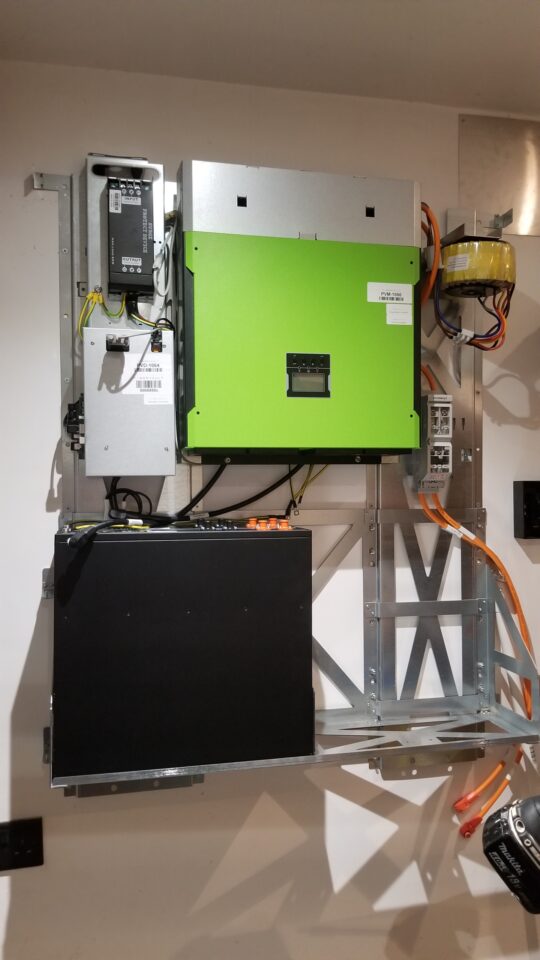
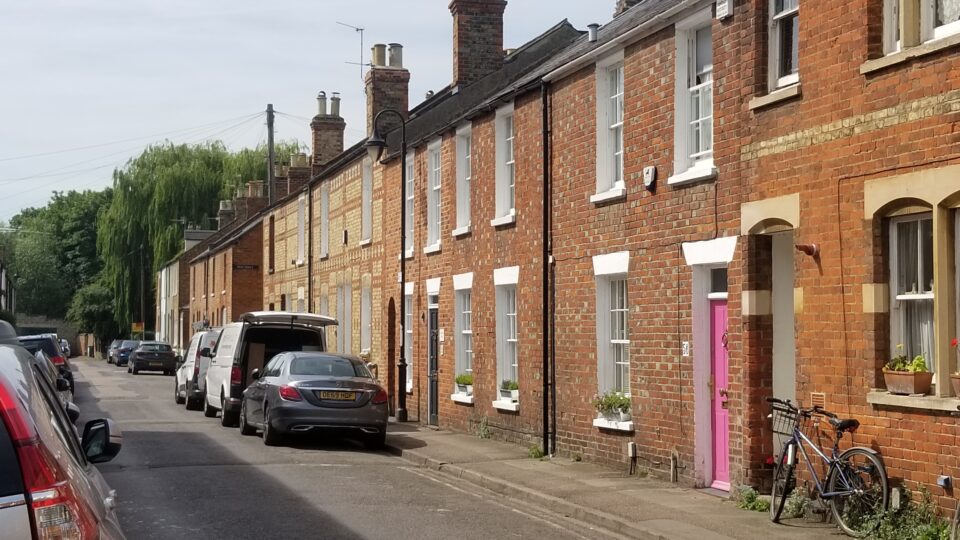
Upgrading solar panels to charge transport
Another Osney resident, Andrew already had solar panels installed on the roof of a garden office that came when he bought the house, but they were old and in need of upgrading. As part of Osney Supercharge, Low Carbon Hub is funding the upgrade and replacement of the old 1kWp solar PV array to 2.25kWp as well as an 8 kWh Powervault battery, allowing them to generate more clean energy and store it on-site. Andrew’s family will then be paying Low Carbon Hub for the electricity they consume on-site over the next 20 years either directly from the panels or via the battery.
Andrew has also recently bought a hybrid EV Vehicle in a bid to reduce carbon emissions around Oxford and he is able to charge his car from the electricity generated from the panels on his roof!
We want to generate as much of our own electricity as possible and store that electricity in a battery. We’ll be producing more energy and using more of that energy by storing it in the battery. The battery means we can be much more efficient in how we use energy at home.
Andrew
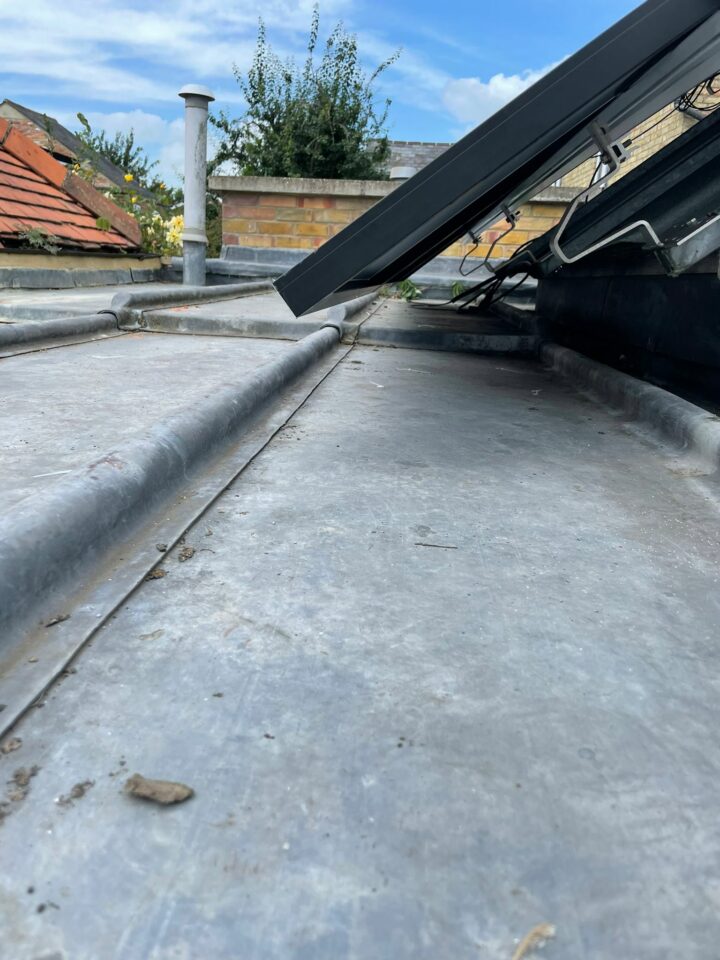
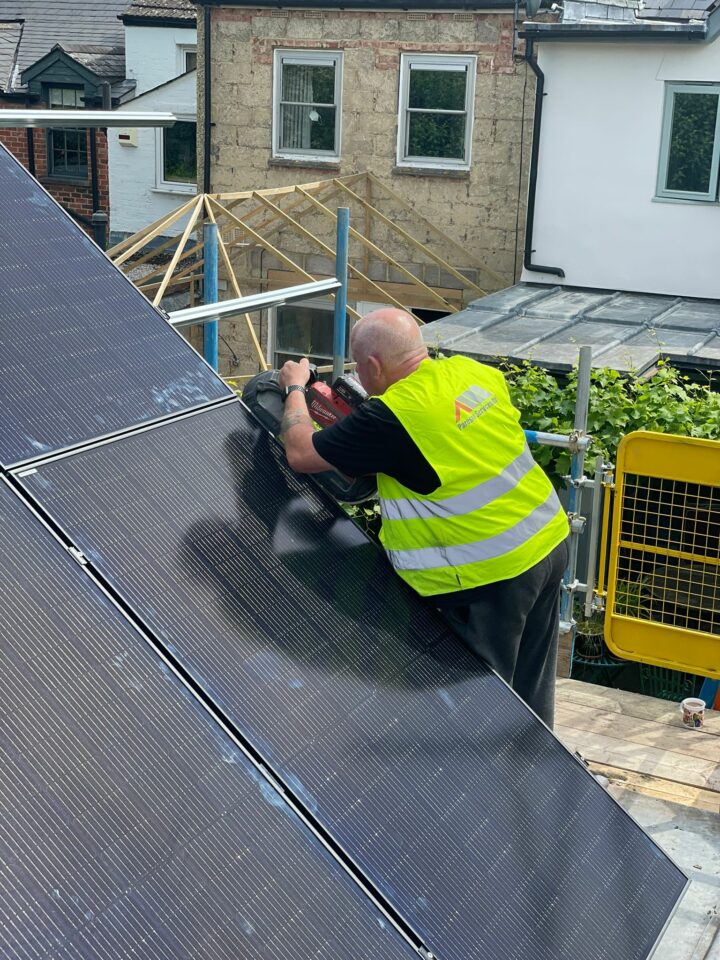
A solar solution
Having heard about the local clean energy trials, Osney resident, Helen decided to get involved. She has had a solar PV array installed on her roof, with the monitoring equipment and she also had a smart meter installed, so she can see in real-time how her appliances are using energy.
She would have liked to have installed a battery too, but the size of her house is restrictive to this at the moment. Generating electricity from solar panels and data from the smart meter has made Helen re-think how – and more importantly – when she uses her appliances, opting to use the washing machine and dishwasher during the day when the solar panels are producing electricity.
Helen says “I think it would definitely change the time I’m using energy! Just having the smart meter alone makes you more aware that you’re using energy.
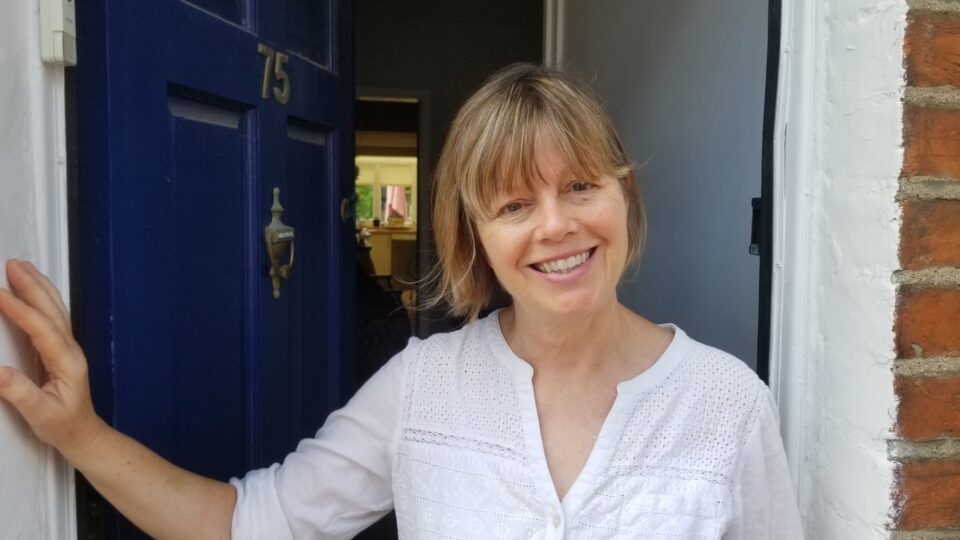
Jim and his family moved to Osney Island within the last year and heard about the trials that were going on. As someone who thinks about the environment and our effect on it a lot, Jim decided to sign up for the trials and is now having solar panels installed on his roof (like Helen, Jim thinks the size of his rooms at home rules out the installation of a battery at present). For Jim, the trial will give him and his family a good insight into ways they can use less energy as well as use it at a time when their panels can provide it.
I read quite a lot about it and any minor help that any individual can make, I think they should try. I mean, if you generate your own electricity through the sun, then I think it’s a positive thing. I think it should be much more widespread. Action that governments and people should learn.
Jim
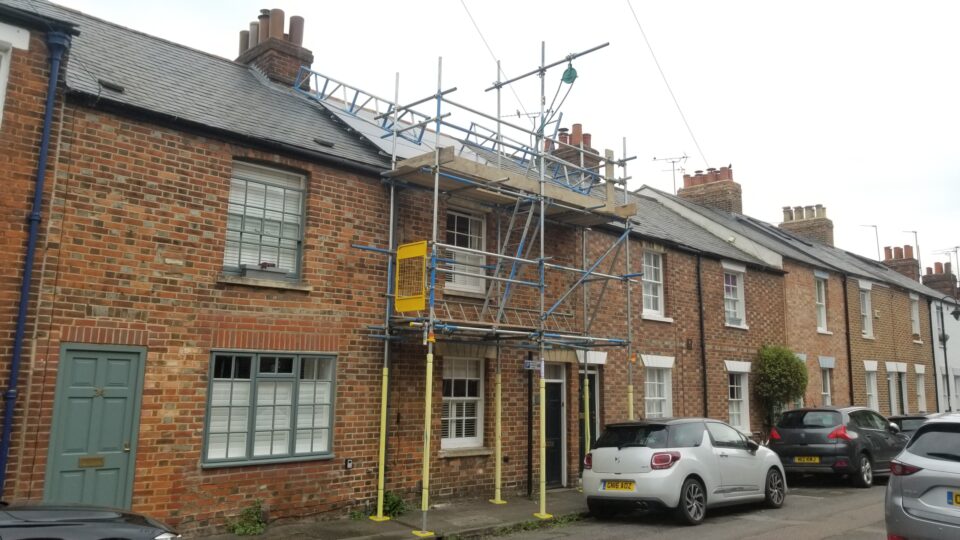
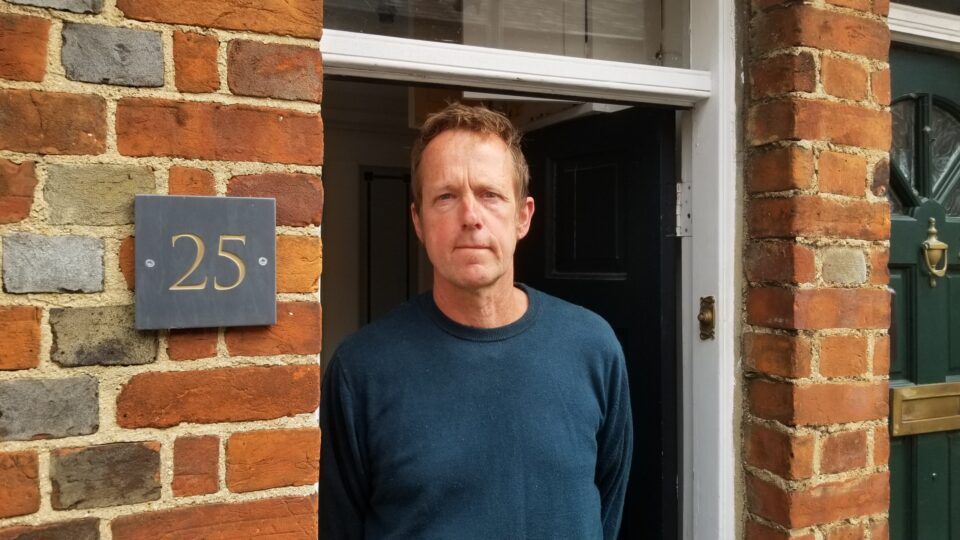
LEO partner Low Carbon Hub is funding the upfront installation costs of some of the equipment. And where they are funding the installation of solar PV arrays they’ll then sell the green electricity generated to the homeowner at a small discount relative to the costs of purchasing from their current energy supplier to recover the upfront investment for installation.
We’re very excited that these homeowners have received their equipment and that this phase of our trials can get underway. We’re looking forward to receiving the data shared by our participants over time and using this to understand the impact on the electricity consumption profile for the island. We’ll also be using the trials to look at opportunities for flexibility services for electricity supply from the nearby Osney Lock Hydro.
The trials will also mean that Osney residents will have a greater understanding of the options and implications of the different ways that they as individuals, and collectively, can move to zero carbon emissions for their homes and vehicles. We believe this will be vital for Oxford to move forward into our zero carbon future. We look forward to bringing you more news on the results of these and our other trials as we get them!